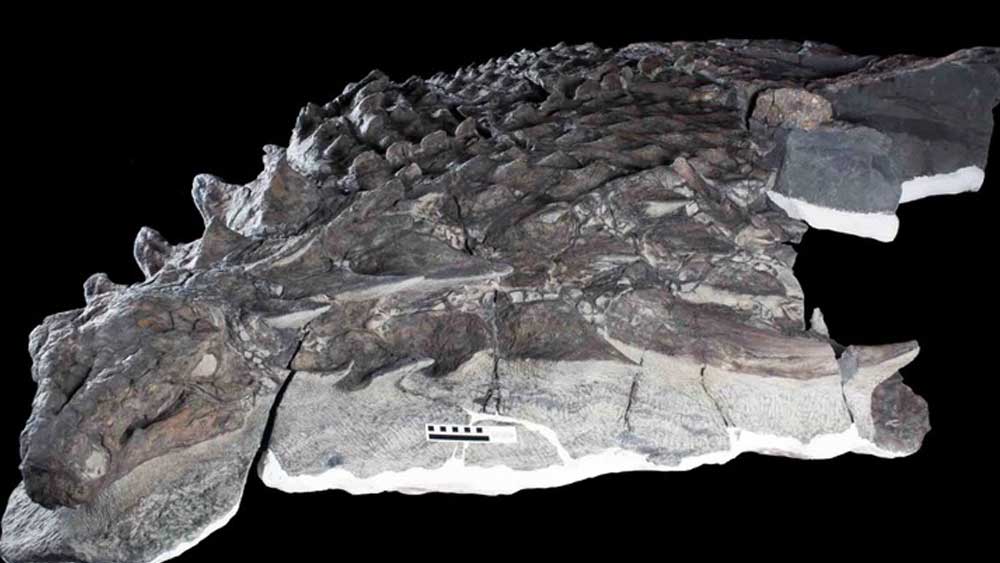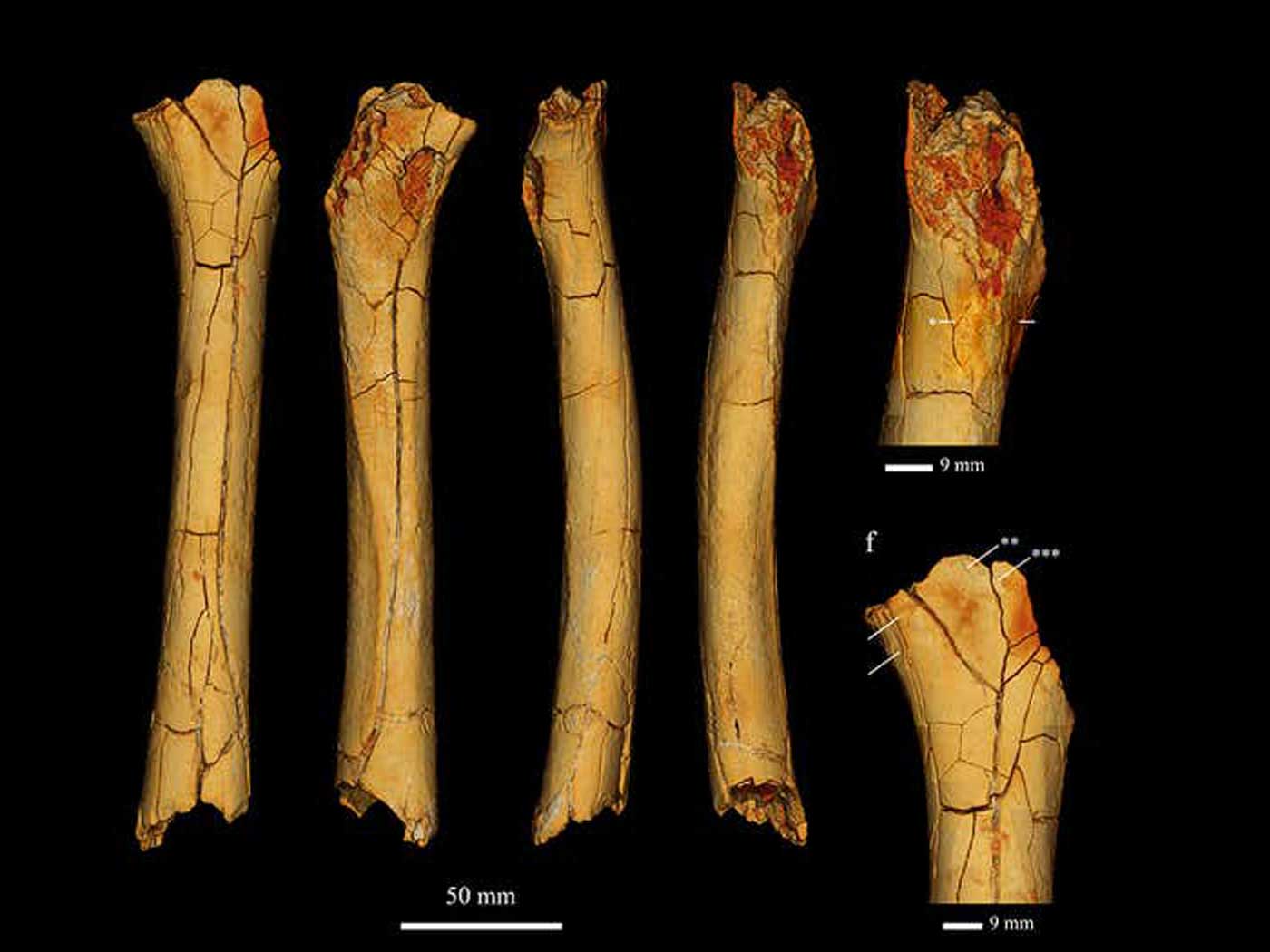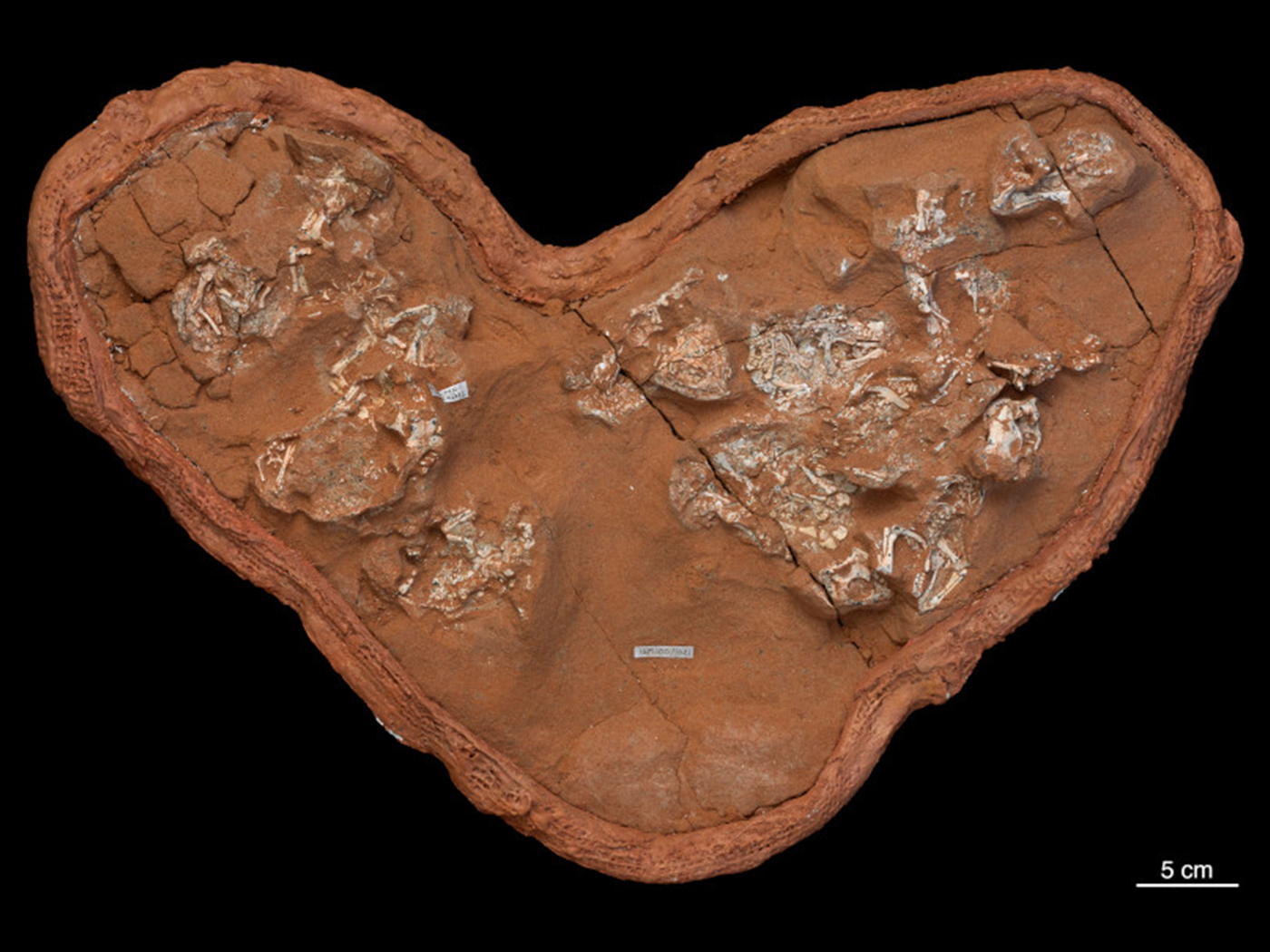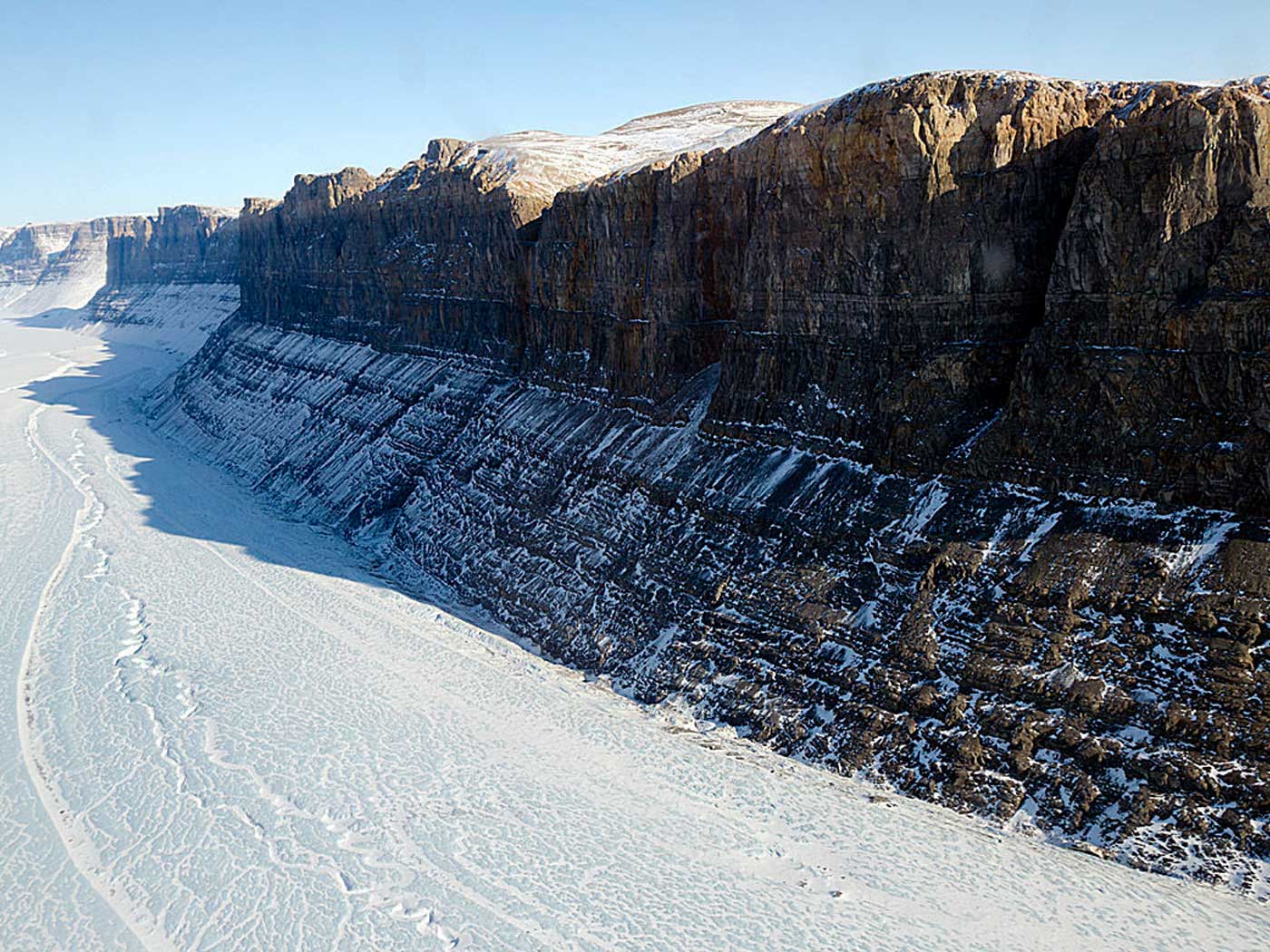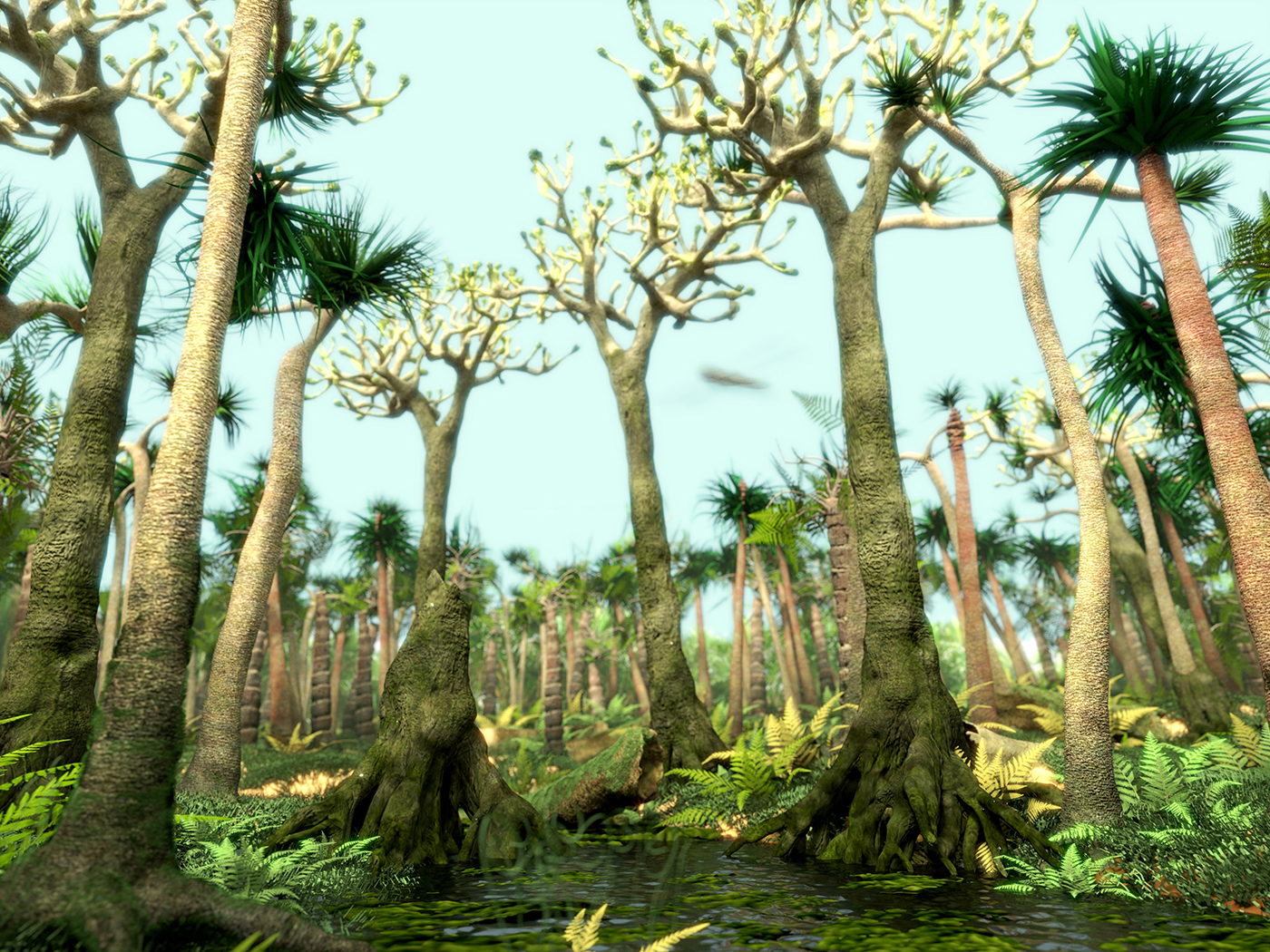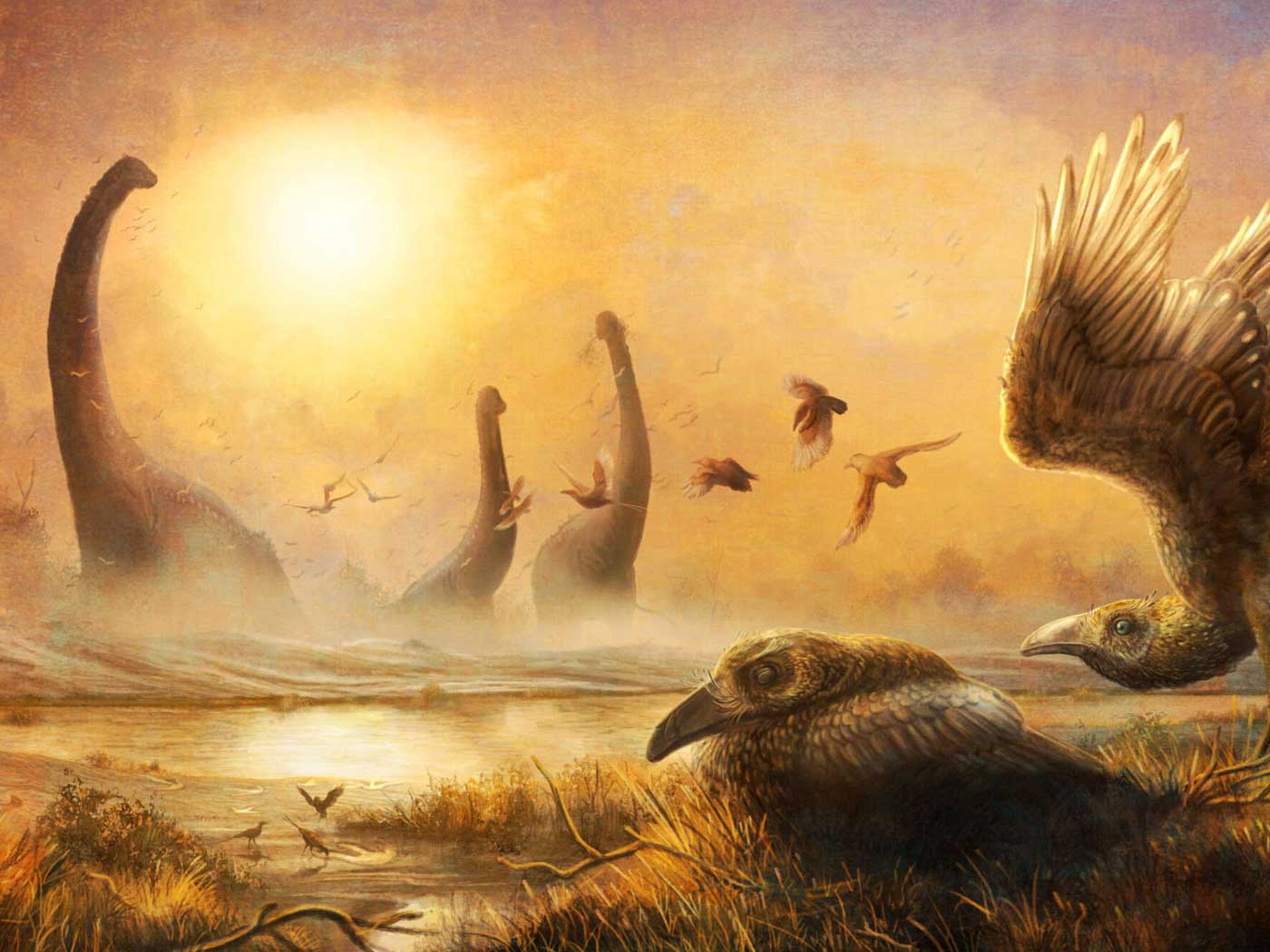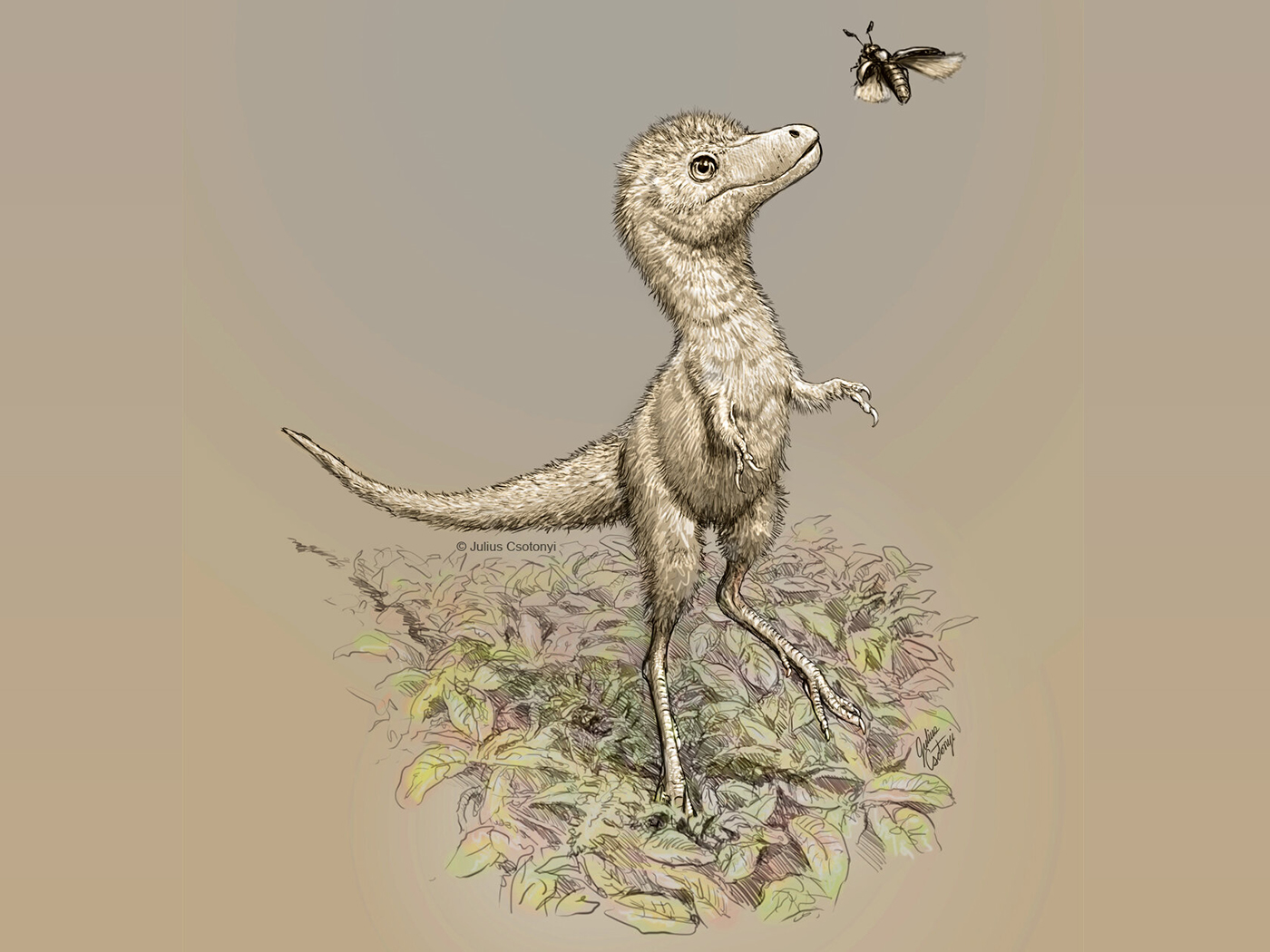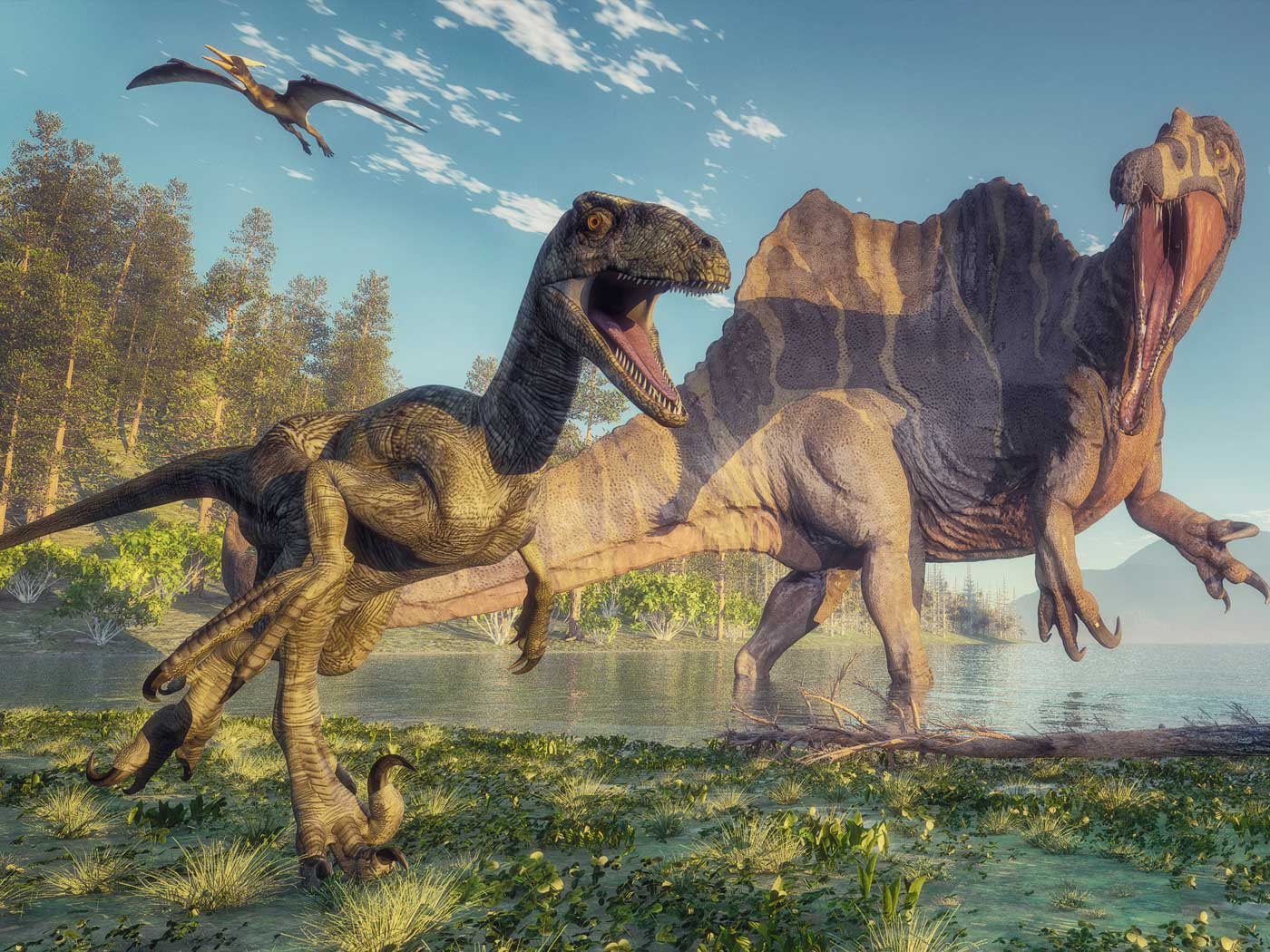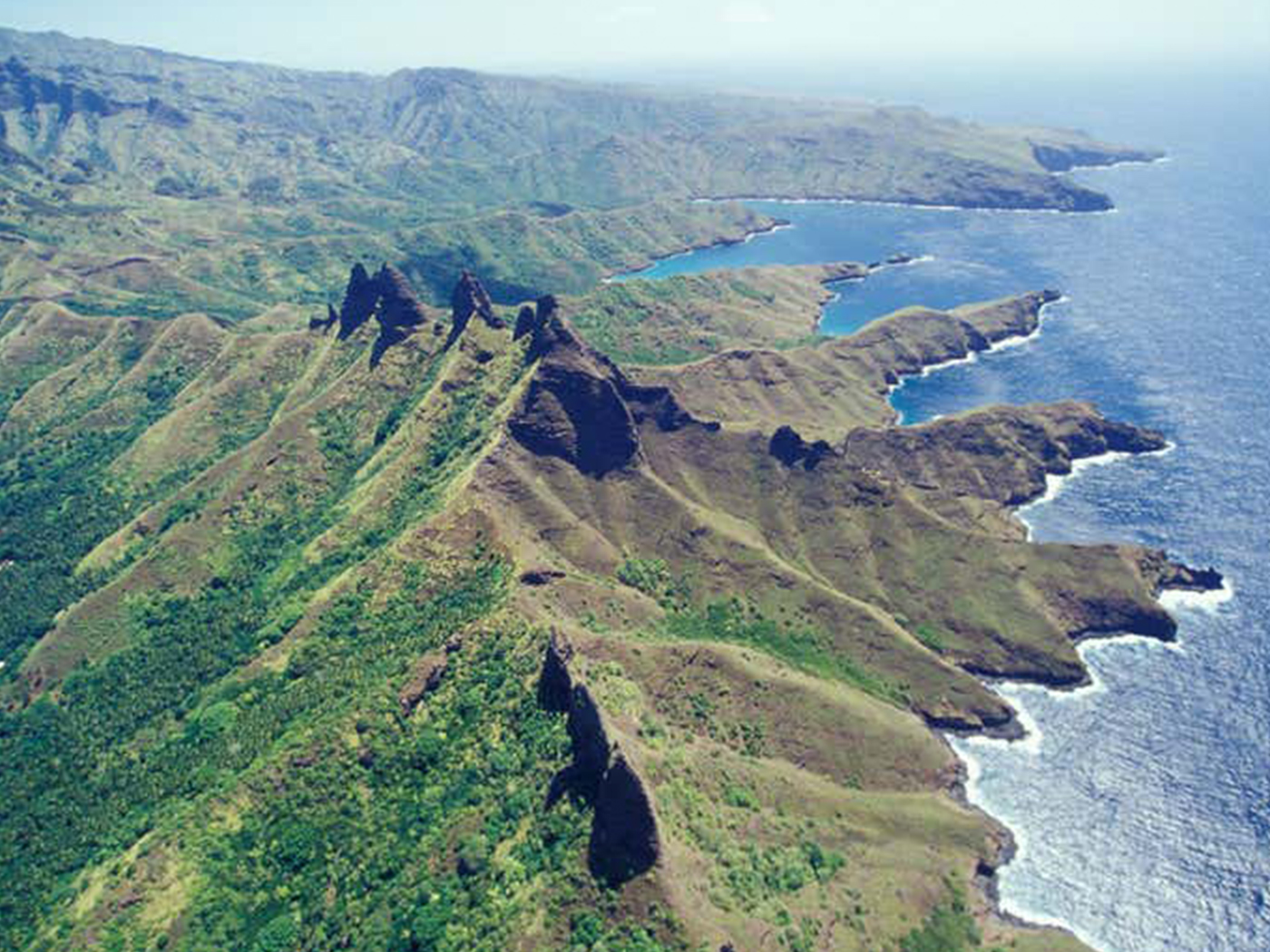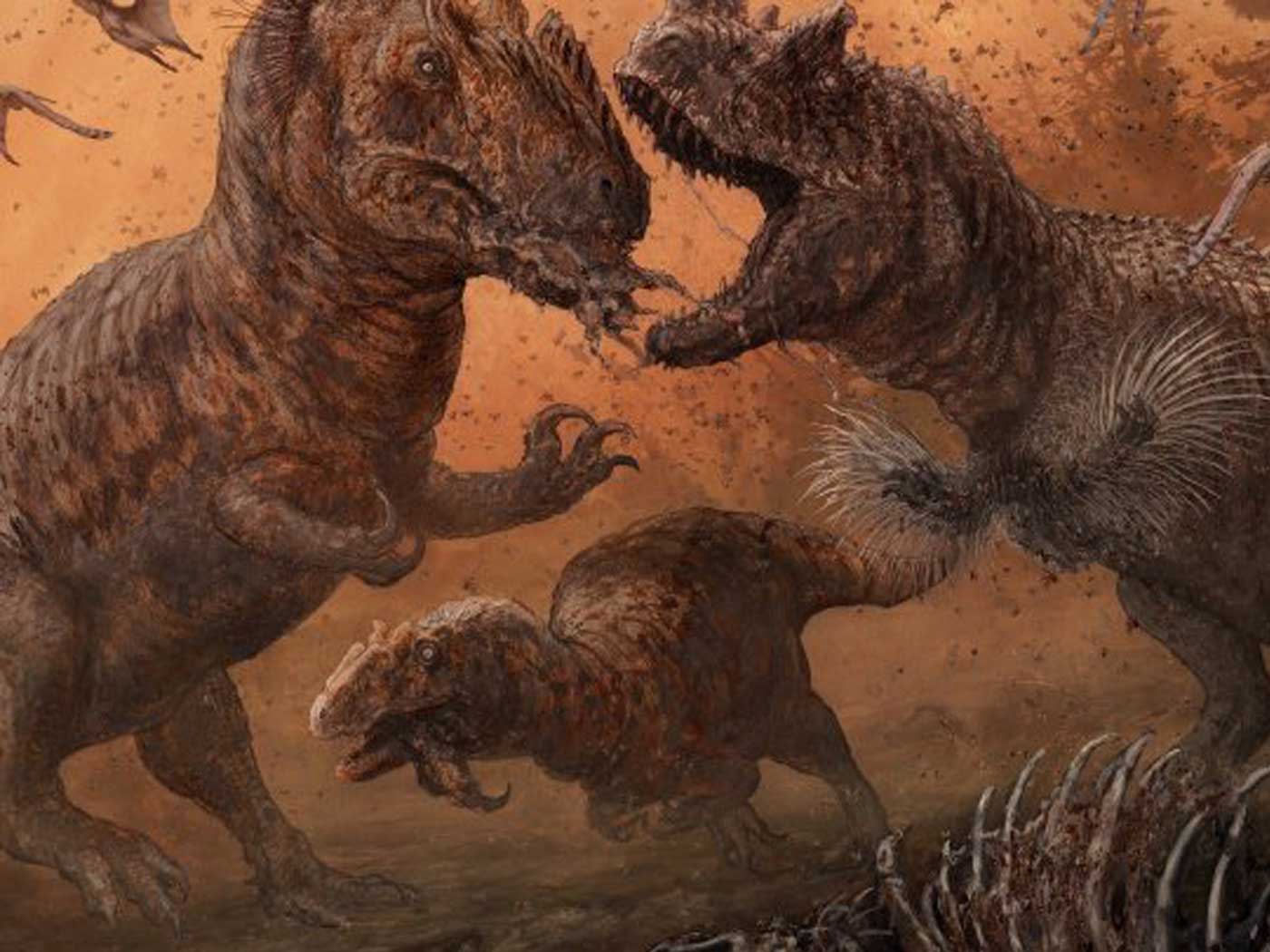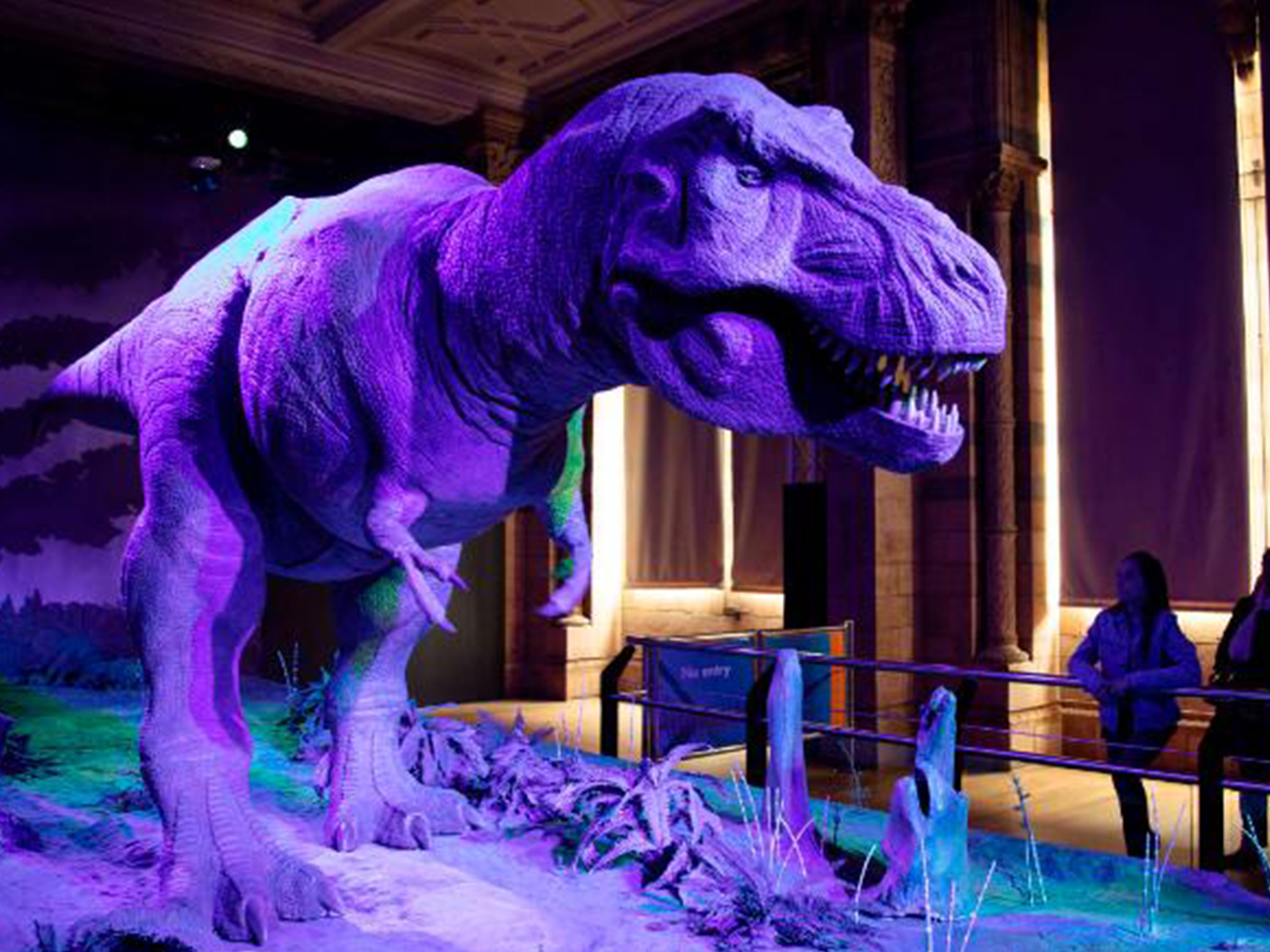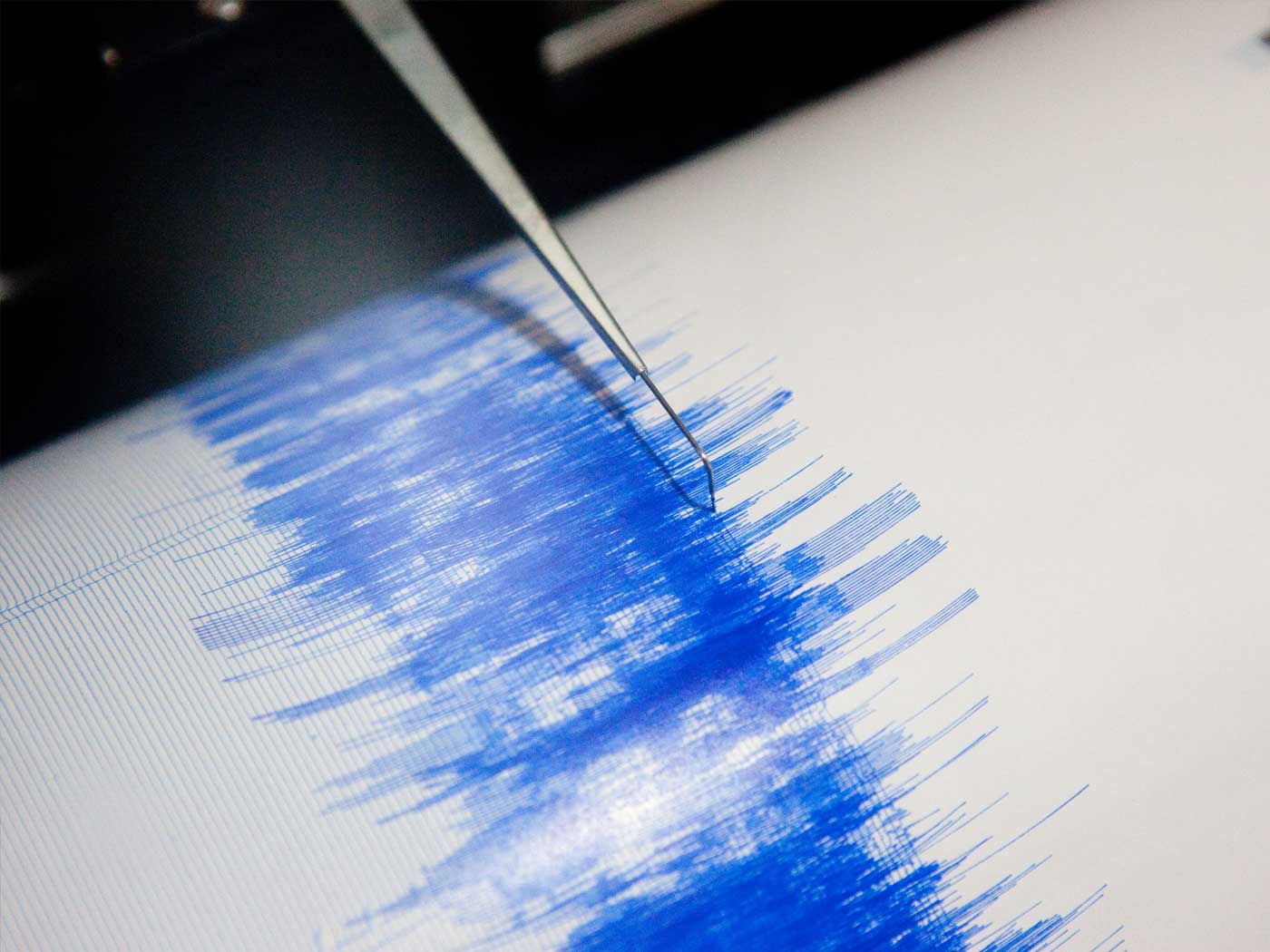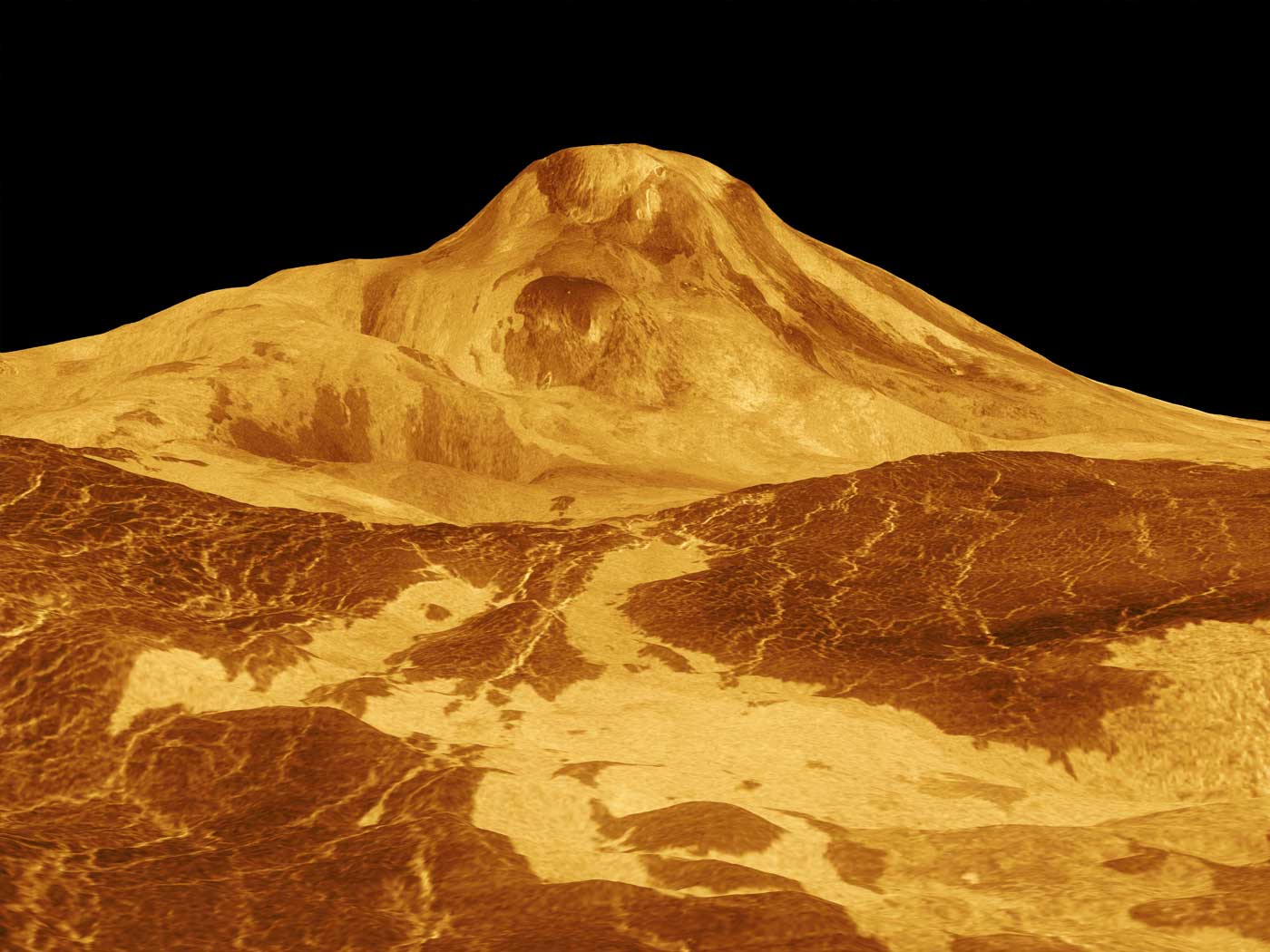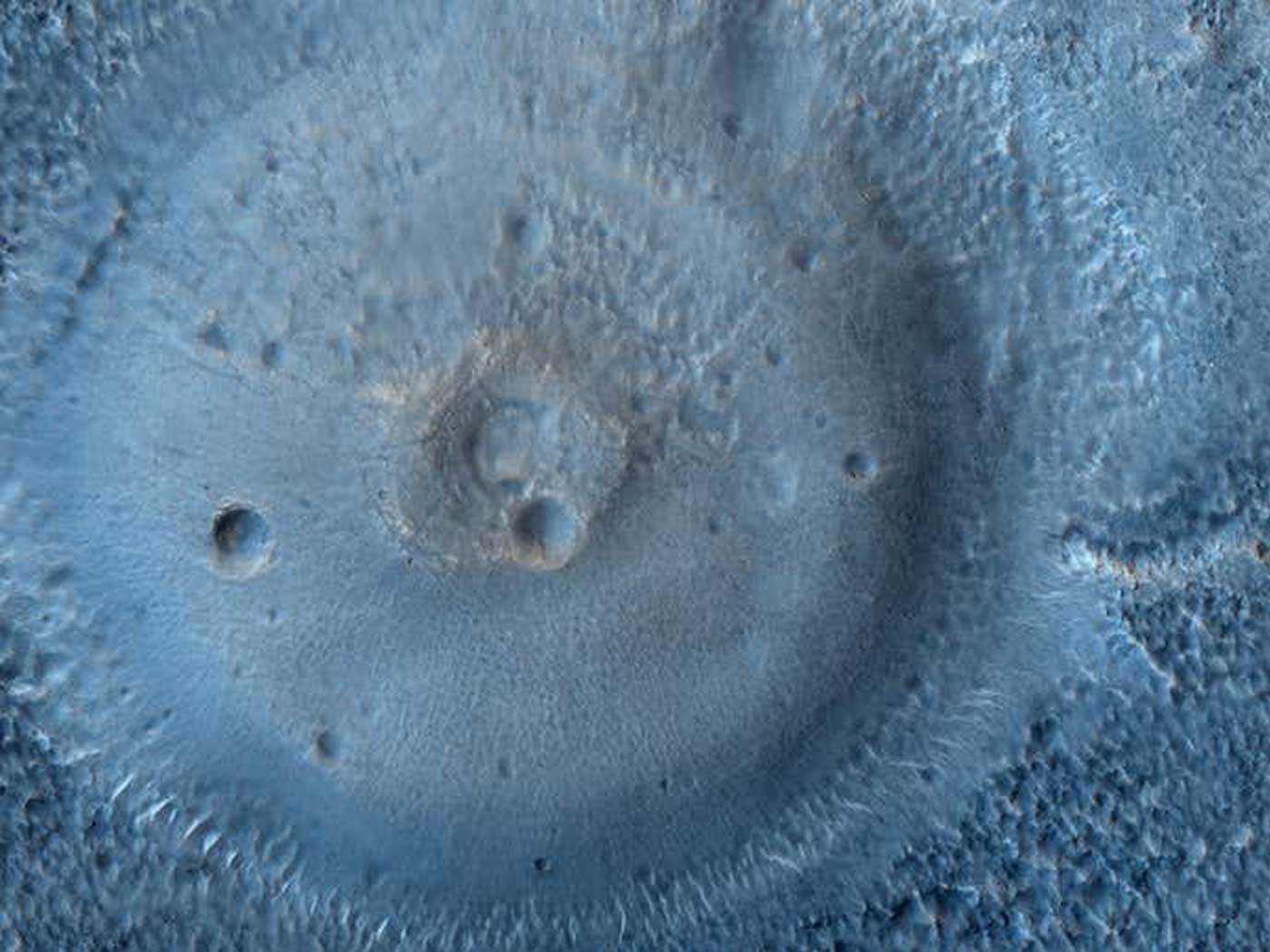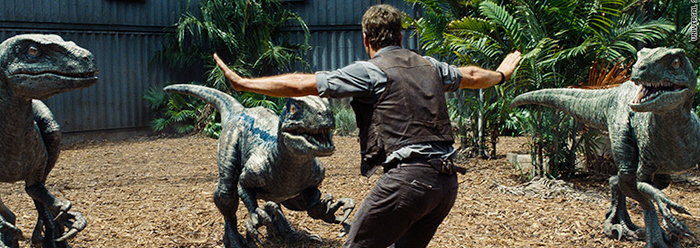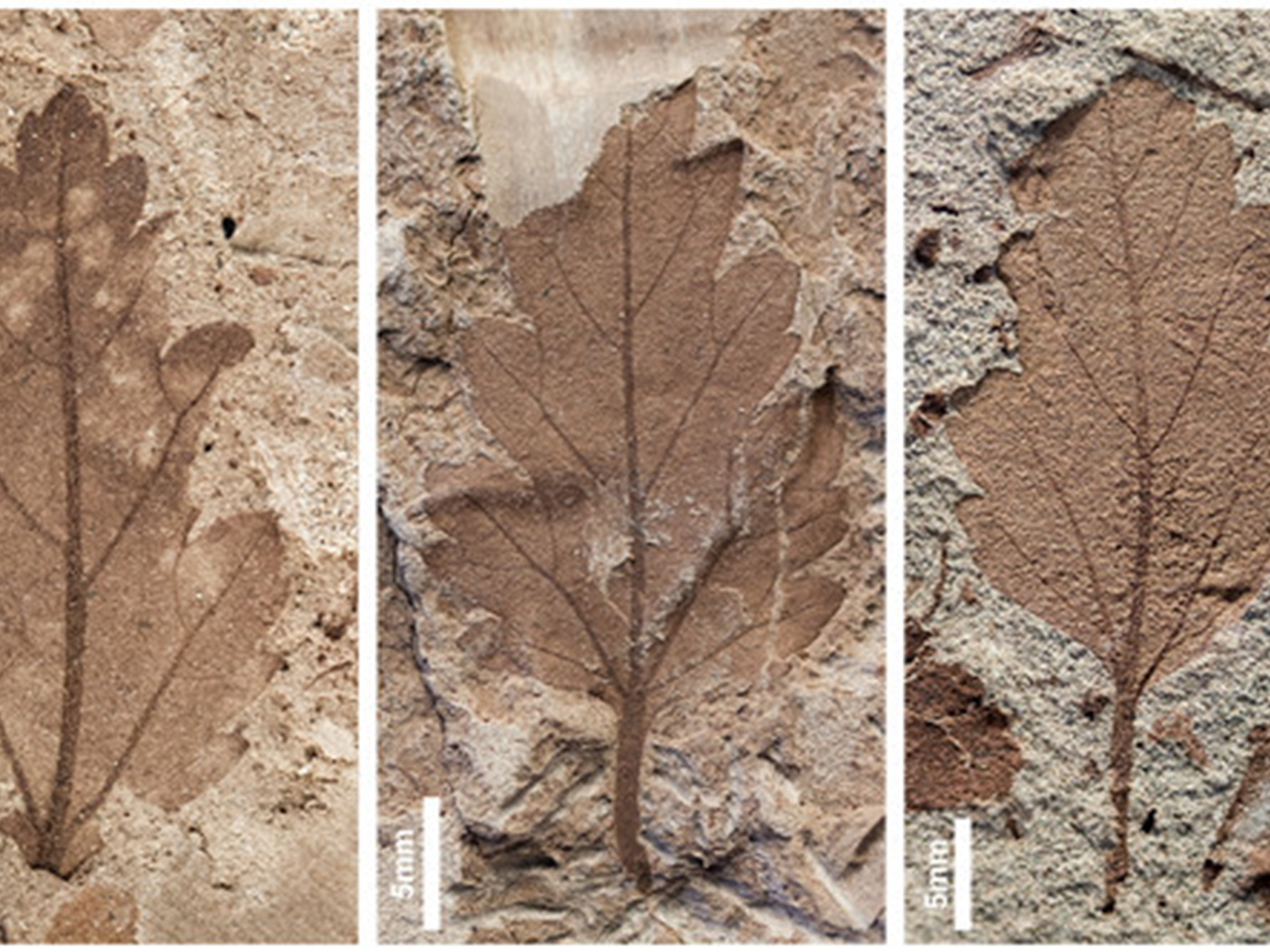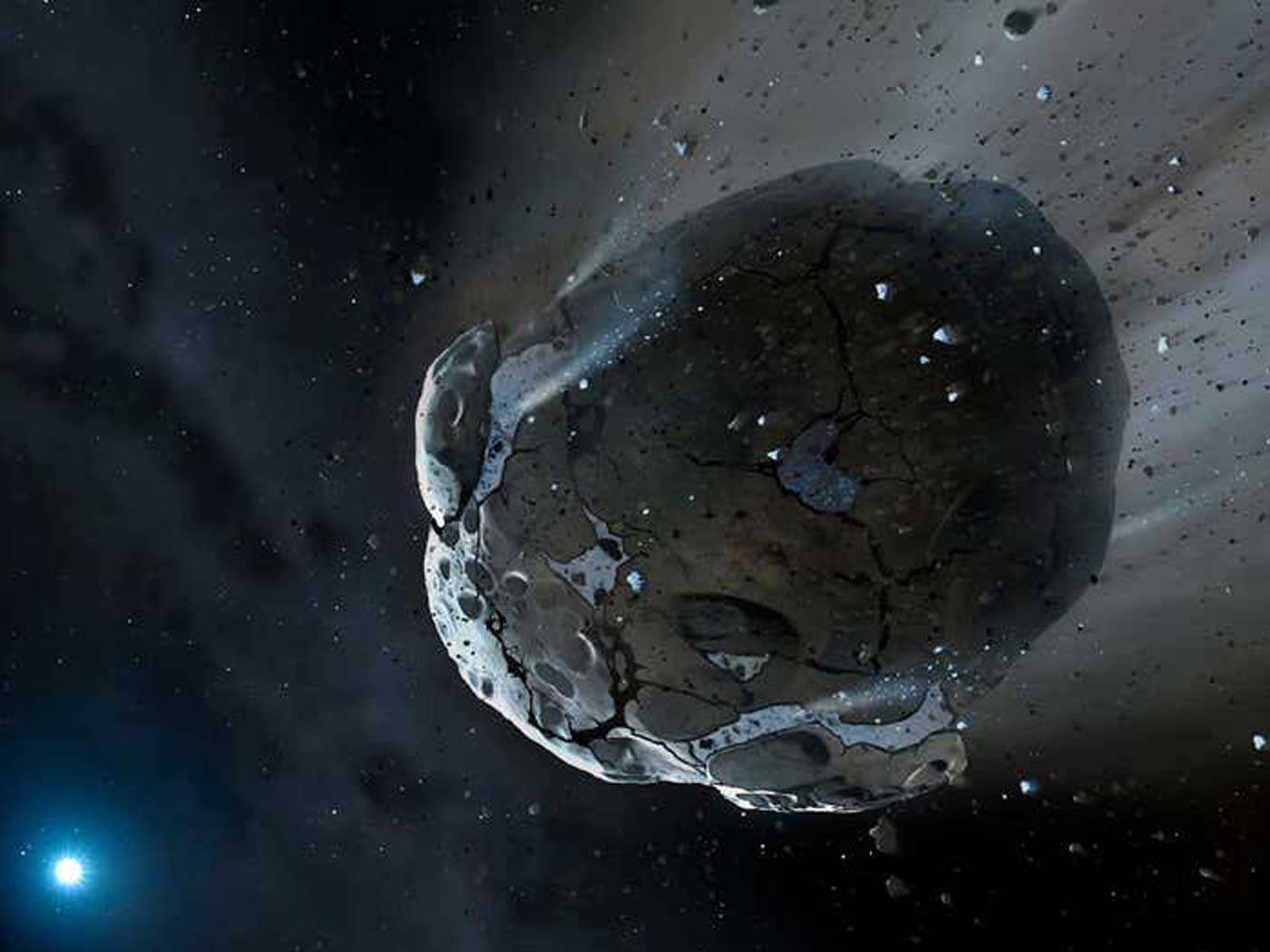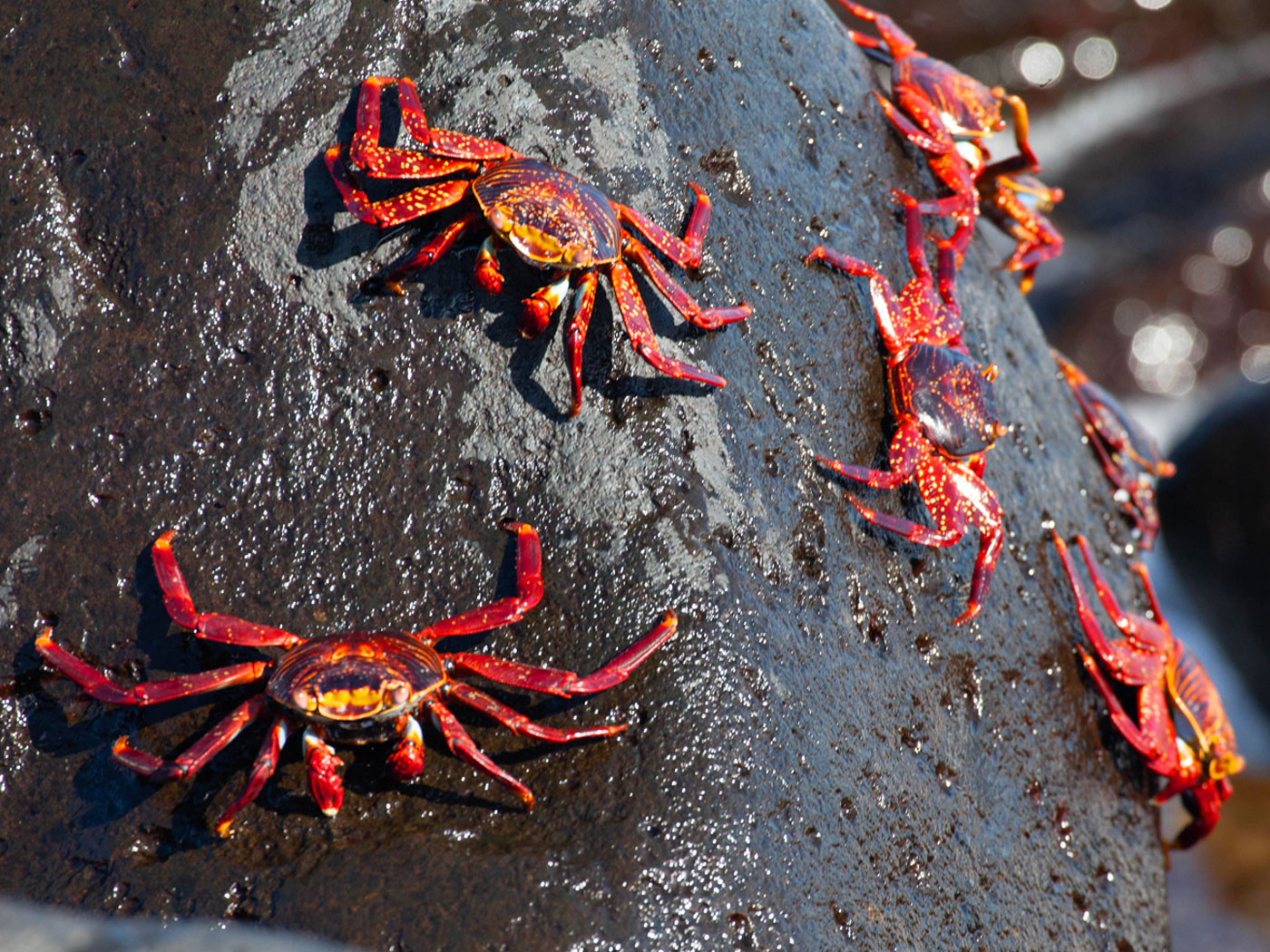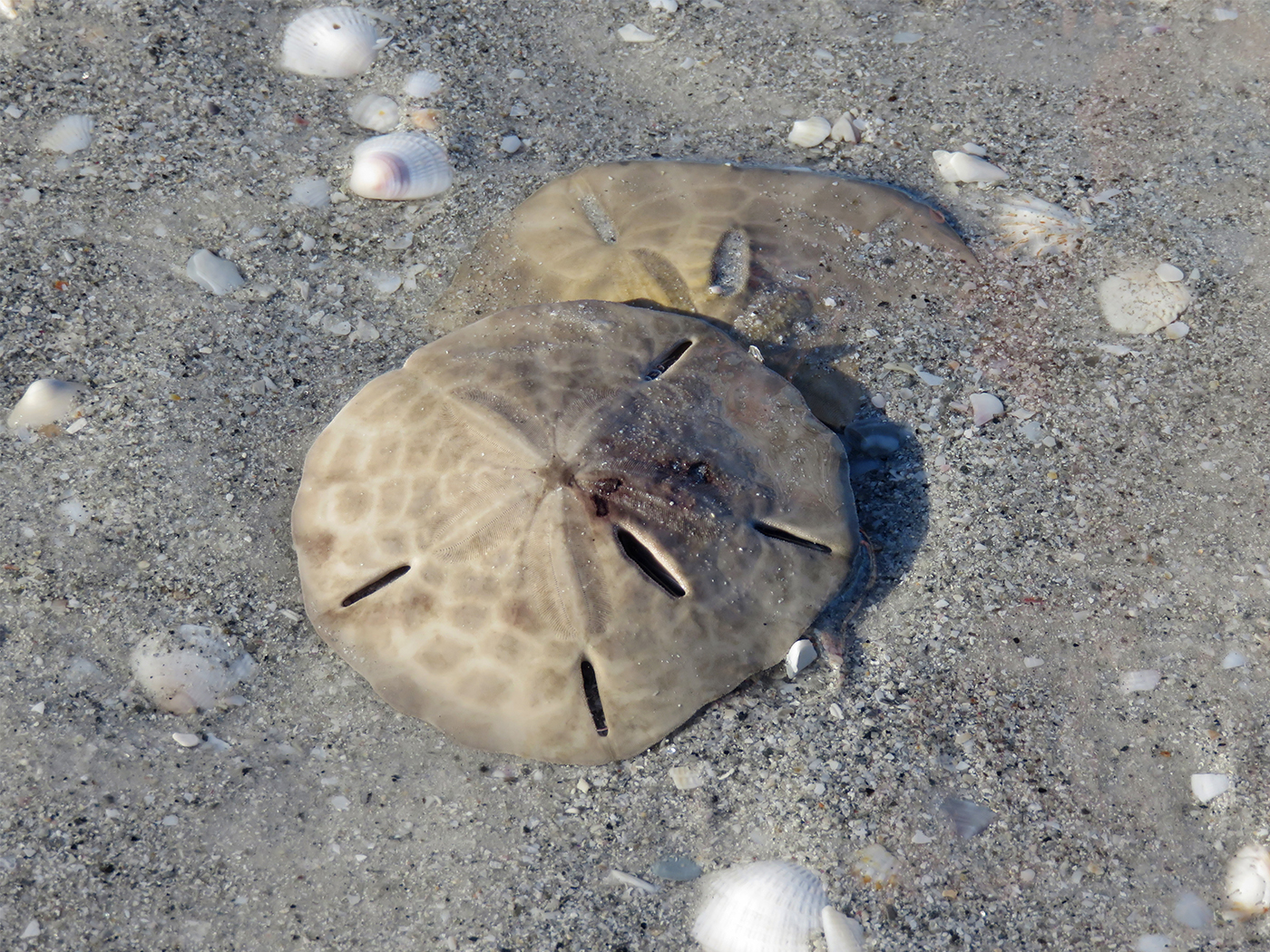Gizmodo reported on the dinosaur when it was first discovered.3
“This is one of the best-preserved dinosaurs in the world,” Caleb Brown, a paleontologist at Royal Tyrrell Museum, told Gizmodo back in 2017 when the exquisite fossil was first unveiled. Dating back to the Early Cretaceous, the nodosaur skeleton—a kind of ankylosaur—retained features rarely seen in an armored dinosaur fossil, including skin and scale preservation, intact horn sheaths, and its original shape.4
The nodosaur fossil was found in the fully marine (ocean deposit) Clearwater Formation, a Lower Cretaceous sandy unit filled with plenty of other marine fossils. George Dvorsky described the setting of the discovery,
This fossil was found at an open pit mine north of Fort McMurray, Alberta, back in 2011. Its remarkable preservation was due to a series of fortunate events—fortunate, at least, for paleontologists. Shortly after foraging, the 2,900-pound (1,300-kilogram) behemoth died close to shore, and its body drifted out to sea. Eventually, the body settled to the seafloor where it became preserved in mud [sand really], a patch of Early Cretaceous real estate now known as the Clearwater Formation.4
But fossils have to be buried fast and deep to be preserved.5 There is no gentle drifting out to sea, settling to the bottom, and then somehow becoming buried so that no scavengers attacked the carcass. It was not even found close to shore. Instead, it was found in a sandy rock unit that was in deep enough water to contain several large marine reptiles. The authors explained,
This same restricted glauconitic sandstone unit has yielded abundant articulated marine reptiles, including the ichthyosaur Athabascasaurus bituminous, the plesiosaur Nichollssaura borealis, a polycotylid and the elasmosaur Wapuskanectes betsynichollsae.1
It’s hard to imagine a 1.5-ton dinosaur drifting gently out to sea, settling in the sand, becoming buried, and then nearly perfectly preserved.5 What processes could bury this animal so deep and so fast? And how did it get out so far that it was found with full-sized marine reptiles like plesiosaurs and an elasmosaurs? This was no trivial task.
This recent study concentrated on the stomach contents of the nodosaur. The dinosaur’s stomach, about the size of a basketball, was sectioned into thin rock slices and examined under a microscope.1 The scientists discovered 48 varieties of plants in the stomach, including flowering plants, ferns, conifer, and mosses. They also found gastroliths in the stomach, known as gizzard stones. These small round rocks are swallowed to help the animal grind up its food better.
Obviously, the dinosaur was buried so quickly in the ocean that even its stomach contents didn’t have time to rot.
David Greenwood, a biologist at Brandon University and a co-author of the new paper, said to Gizmodo, “We were shocked to see beautifully preserved and concentrated plant material.” He added that marine rocks almost never provide “such superb preservation of leaves, including the microscopic, spore-producing sporangia of ferns.”4
Indeed, marine rocks also shouldn’t contain land plants or dinosaurs, but they do. And it is all too common to find dinosaurs in marine rocks, like limestone and chalk, at many locations around the globe.6
The best explanation for this wonderfully preserved dinosaur, and its intact stomach contents, is that it was buried rapidly in the Flood. Only a global Flood, with massive tsunami-like waves, could transport a nearly intact 1.5-ton nodosaur out to sea and bury it fast enough to preserve it so perfectly. The mixed land and marine fossils in the Clearwater Formation make the most sense if we accept the Flood as an historical event.
Stage image: Nodosaur fossil.
Stage image credit: Royal Tyrrell Museum of Palaeontology, Drumheller, Canada. Copyright © 2020. Adapted for use in accordance with federal copyright (fair use doctrine) law. Usage by ICR does not imply endorsement of copyright holders.
References
1. Brown, C. M. et al. 2020. Dietary palaeoecology of an armored dinosaur (Ornithischia; Nodosauridae) based on floral analysis of stomach contents. Royal Society Open Science. 7 (6): 200305.
2. Clarey, T., and J. J. S. Johnson. 2019. Deep-Sea Dinosaur Fossil Buries Evolution. Acts & Facts. 48 (8): 10-13.
3. Dvorsky, G. 2017. Incredibly Well-preserved Fossil Changes our Understanding of Armored Dinosaurs. Gizmodo. Posted on Gizmodo.com August 23, 2017, accessed June 7, 2020.
4. Dvorsky, G. 2020. Fossilized Stomach Contents of Armored Dinosaur Reveal its Last Meal. Gizmodo. Posted on Gizmodo.com June 2, 2020, accessed June 7, 2020.
5. Clarey, T. 2020. Carved in Stone. Dallas, TX: Institute for Creation Research.
6. Clarey, T. 2015. Dinosaurs in Marine Sediments: A Worldwide Phenomenon. Acts & Facts. 44 (6).
*Dr. Clarey is Research Associate at the Institute for Creation Research and earned his doctorate in geology from Western Michigan University.




